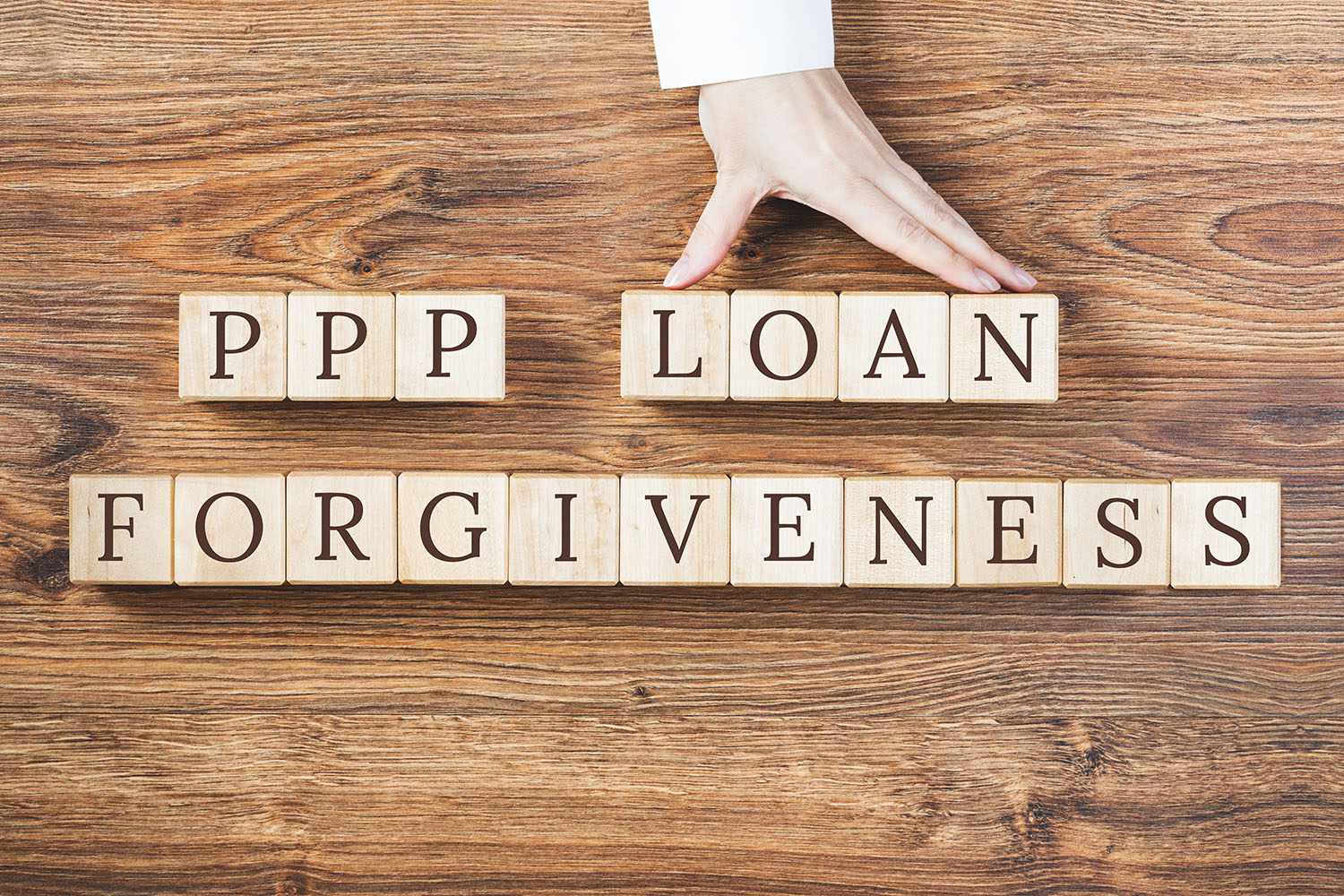Many small businesses and companies have been widely affected by the Coronavirus and the financial destruction that ithas caused. Congress created the Paycheck Protection Program as part of the Coronavirus Aid, Relief and Economic Security (CARES) Act to help ease this financial burden across the country. This legislation authorized the U.S. Treasury to use the Small Business Administration lending program to fund these loans. It was then announced that PPP borrowers could get the loans forgiven ifthe proceeds were used to pay certain eligible costs.
The Small Business Administration raised a red flag for many and caused a lot of confusion when PPP loan borrowers caught that there was an expiration date of “10/31/20” in the right-hand corner of multiple PPP loan forgiveness applications.
On October 13th, the SBA released an updated FAQ for borrowers and lenders to help them get a better understanding of the process. In this FAQ under question 4 is the clarification that many were looking to find:
4. Question: The PPP loan forgiveness application forms (3508, 3508EZ, and 3508S) display an expiration date of 10/31/20 in the upper-right corner. Is October 31, 2020 the deadline for borrowers to apply for forgiveness?
Answer: No. Borrowers may submit a loan forgiveness application any time before the maturity date of the loan, which is either two or five years from loan origination.
However, if a borrower does not apply for loan forgiveness within 10 months after the last day of the borrower’s loan forgiveness covered period, loan payments are no longer deferred, and the borrower must begin making payments on the loan. For example, a borrower whose covered period ends on October 30, 2020 until August 30, 2021 to apply for forgiveness before loan repayment begins.
The expiration date in the upper-right corner of the posted PPP loan forgiveness application forms is displayed for the purposes of SBA’s compliance with the Paperwork Reduction Act and reflects the temporary expiration date for approved use of the forms. This date will be extended, and when approved, the same forms with the new expiration date will be posted.
If you have any other questions or need further clarification, or need help with your PPP loan forgiveness, please don’t hesitate to contact us.

